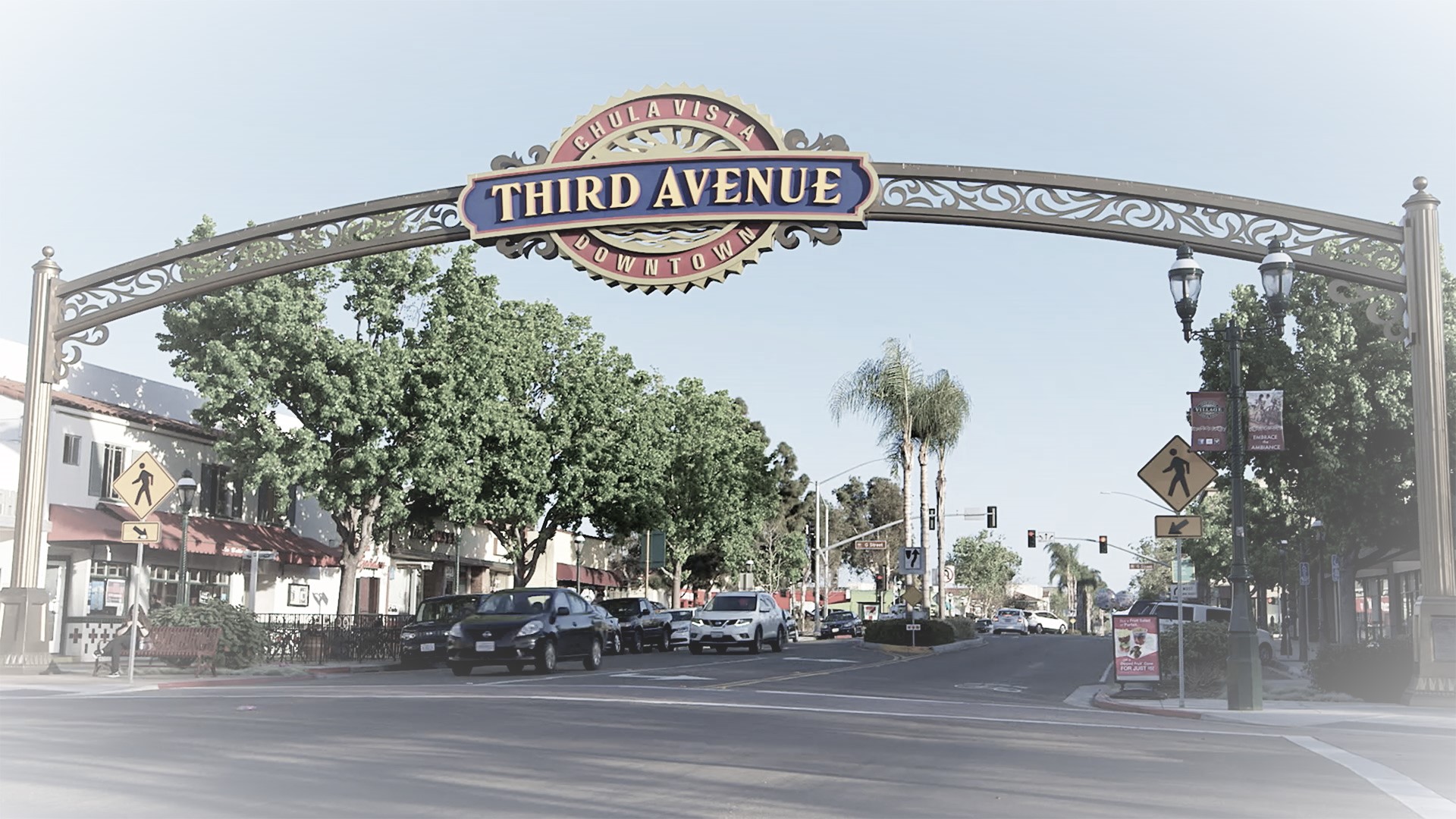What’s the difference and which method should you implement?
‘Twas a year of shifts in the PR and media industry, and all throughout the industry, we met a wave of influencers, and realized a massive change was near.
And yes, it seems like all PR professionals have been singing this song for the past 3-5 years, but we say that this recent shift is the most seismic yet.
We all know that depending on your goals, selling channels, and industry, your public relations efforts typically span a variety of strategies. But there are two terms that tend to come up during any discussion of public relations strategy: traditional VS nontraditional. But what does “traditional” and “nontraditional” even mean in a world of ever-evolving digital media?
To define these terms, we’re going to go through a few traditional and non-traditional examples—and how you can implement both in your overall public relations strategies.
Some might define them as follows: traditional efforts have been around for decades, while nontraditional methods are those that have emerged over the last 2-3 years.
Easy enough? Not quite.
Traditional Public Relations Examples
Examples of traditional public relations include a wide range of tactics:
- Media inclusion in newspaper stories
- Honorable mentions in business journal-style publications
- Radio interviews with top-level CEOs
- Awards recognizing products or individuals
- TV interviews
- Speaking opportunities and engagements
- Magazine product write-ups, gift guide inclusions, brand stories, etc.
Nontraditional Public Relations Examples
Examples of non-traditional public relations tactics include:
- Influencer marketing
- Blog inclusion
- Co-branded partnerships
Reflecting on the fact that 57% of millennials make purchases that are influenced through their social media accounts, it’s not surprising that these tactics are the basis of non-traditional PR.
Of course, there are limits to both. Because of traditional PR’s long lead times, it can take a while before you can produce results. Tracking audience reach is also a little bit more difficult for forms of media like TV and print since their tracking is more of an estimate. That being said, it can be very successful for building brand awareness.
Instead of building relationships, non-traditional PR builds links and influence. You also have the convenience of high-tech tools that help you measure your audience and their engagement with your brand, you just may not have the reach that traditional PR may have.
Now that we’ve got that out of the way, where should you be focusing your efforts? I’d say 9 out of 10 brands need a healthy mix of both. While the millennials and beyond aren’t as engaged with traditional forms of media, you can’t neglect those outlets as primary funnels to drive your consumers to take action. And in the same breath, you can’t just put your products in the face of Instagrammers and expect to hit all of your potential either—there are still quite a few people in every generation that have yet to join the digital world.
Obviously, budgets and manpower set limits on what public relations strategies you can implement. So, if you’re not utilizing all aspects of the PR spectrum, let’s figure out what healthy blend we can incorporate to make your PR efforts soar!

How are you mixing it up with traditional and nontraditional PR?
Let us know in the comments below or email our director of PR, at alex@amebamarketstg.wpengine.com !


